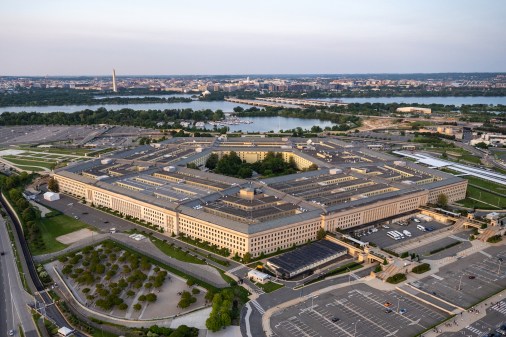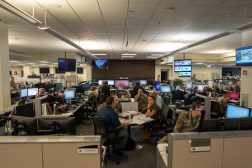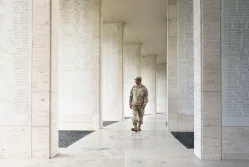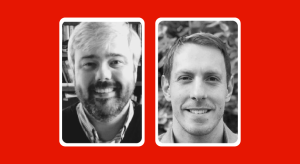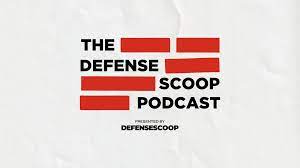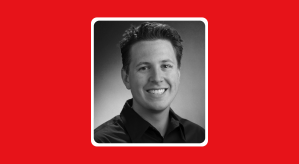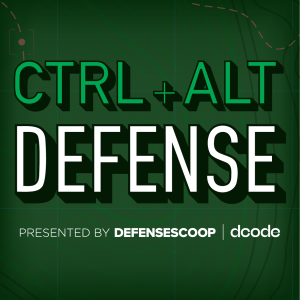Cybercom wants more consistent readiness approach across the services
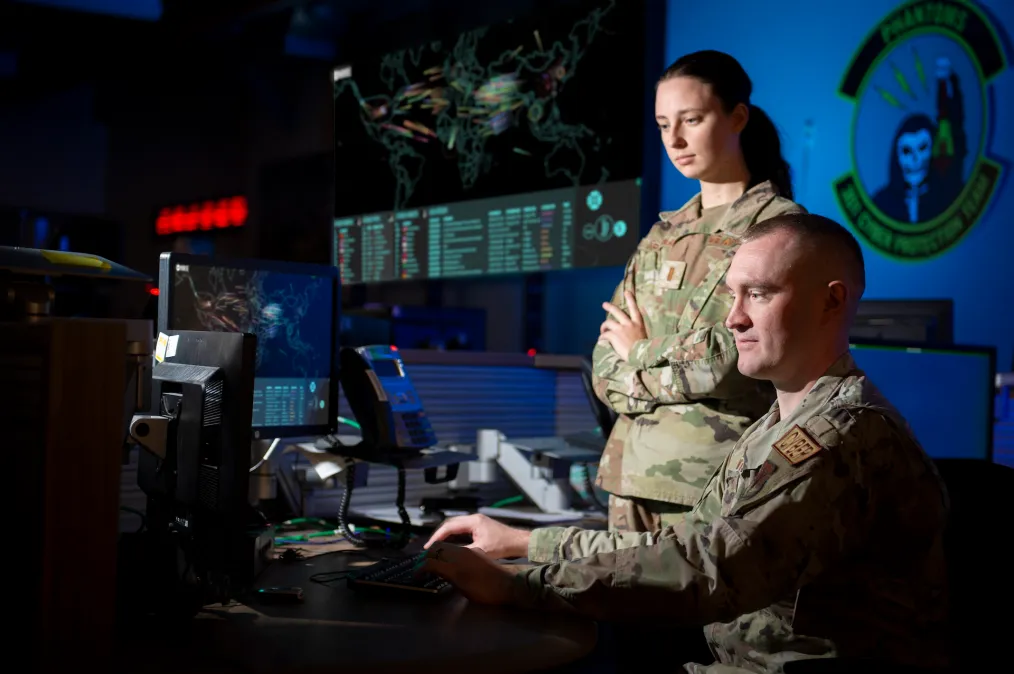
The head of U.S. Cyber Command wants to see a more consistent approach to readiness across the military.
As currently architected, each military service provides a set number of forces to Cybercom to employ in operations. However, the different branches, to a large extent, still retain their own policies and regulations when it comes to figuring out how to staff those forces to Cybercom. This has led to inconsistencies within the cyber mission force — which was designed to be joint and trained to the same standards — with different promotion structures, pay and assignments for the same work roles across each branch.
With enhanced authorities bestowed by Congress, the commander of Cybercom now has greater oversight over how each of the services present their forces. The commander must also provide an annual report to lawmakers evaluating the services’ ability to generate ready forces.
“Much of my last year’s report to Congress were about specific things that each of the services were doing to advance our readiness. What wasn’t inside there is uniform in our approach,” Gen. Timothy Haugh, the chief of Cybercom, said Thursday during a panel at the Special Operations Symposium hosted by NDIA. “There’s opportunities for me in the role that’s been empowered in the law to help drive an approach across the department, which will allow us to be more consistent in how we interact with this force. They serve together. They work together. They work shoulder to shoulder. There is an opportunity for us as a department to be able to be ensure that we’re being really coherent in how we develop and lead that force. I think that’s a critical component for us as we go forward.”
Haugh previously explained that he’s noticed progress in boosting readiness, but he’d like to see the methods each service employed to improve be emulated by the other services as well.
The ability to generate and retain these ready forces falls in line with Congress’ and Cybercom’s push to evaluate the forces that are presented to the command.
That congressional tasking in the form of several studies asked of DOD has been folded into a larger Cybercom initiative dubbed Cybercom 2.0, an ambitious plan first unveiled by former commander Gen. Paul Nakasone and other top DOD officials to provide a holistic examination of the command and its forces to better posture them for the future.
Former Secretary of Defense Lloyd Austin approved a broad outline for the initiative in December with four main buckets: a new force generation model for how each service provides cyber forces to Cybercom; a talent management model; an advanced training and education center to ensure forces are more ready when arriving to their units and have specialized training if needed; and a cyber innovation warfare center that could focus on rapid innovation and capability development. An implementation plan team is working to fill those areas out over the coming months.
Haugh noted that since the plan was approved, the command is looking at how special operations forces conduct talent management.
“Now that we’ve also gotten the support from the secretary for our next-generation force generation model, which we titled ‘SOF Inspired,’ which is around the idea of, how do we do talent management of a really unique high-end force in partnership with the services, how do we develop that force and then how do we equip it in rapid capability development?” he said.
The broad plan for the talent management aspect has been modeled off the Joint Special Operations Command-Special Operations Command model for a focused, capable team to manage talent across the services, much like how Socom does it.
Cybercom has sought to posture itself after the Socom model, a combatant command with unique service-like authorities for acquisition and force generation.
As part of building that next-generation force, Haugh has talked for months now about the notion of cultivating personnel with “mastery” in their focus areas.
“This is one of the reasons that Congress tasked us to go build the future force generation model for Cyber Command, which is, what are the ingredients that are going to allow us to reach mastery of our force. We’ve now reached a level of readiness in our force that we think is a really solid floor, but that’s not where you want to be,” he said. “We want to be at mastery. We know what it looks like in our force. We know what those leaders are that we rely upon, whether that be for planning or operations, and we know how they got there. Much of that is around how we retain and how we employ.”
To help retain that high-end force, Haugh noted that officials are trying to incentive that level of expertise with a bonus structure that rewards advanced skills.
While each of the services have enacted bonus structures to retain their personnel amid competition from the lucrative salaries offered in the private sector, Haugh doesn’t believe just being good in cyber is worth a bonus. Only masters should be eligible.
“We don’t necessarily believe we need to go down a path that everybody that’s in cyber needs [a] bonus. What we should be doing is if you’re great in cyber, you should get a bonus. That’s what we want to reinforce,” he said. “Then the more that we can make that uniform policies across the services, that will get felt by the other elements that also have critical elements of cyber that are integrated in each of their formations.”
